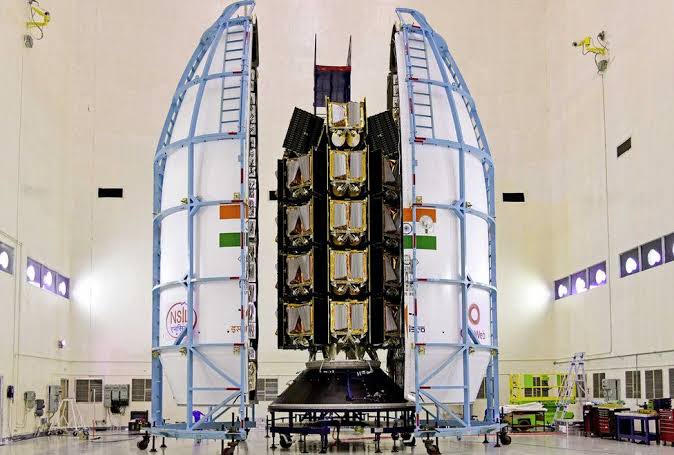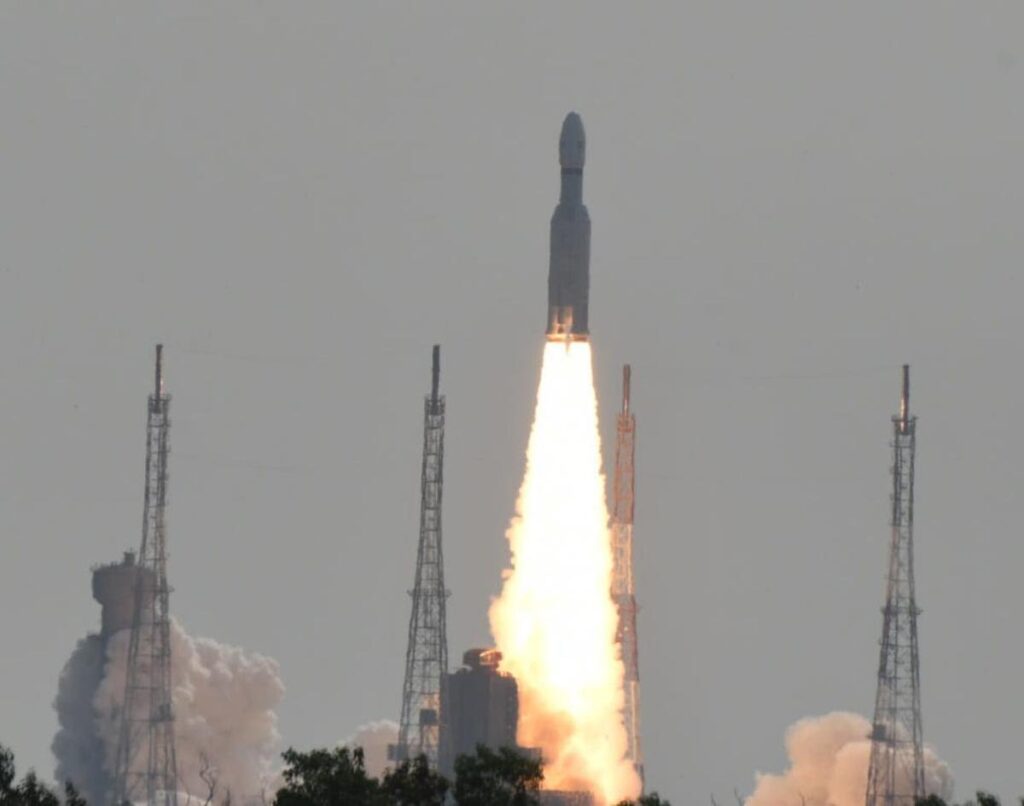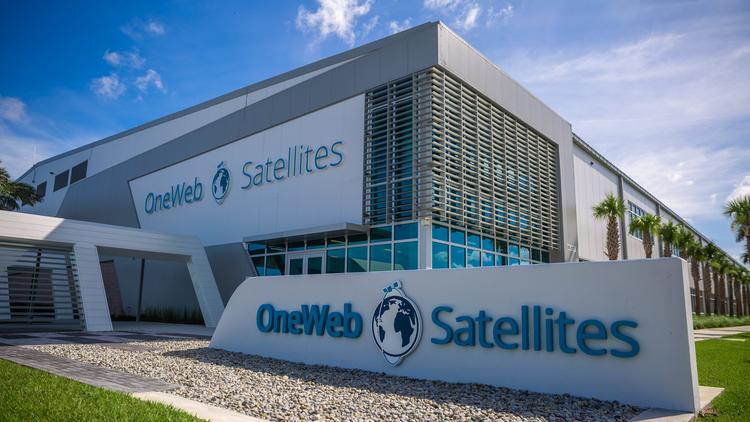On Saturday night (March 25), India’s latest and most potent rocket launched the last batch of 36 satellites to complete OneWeb’s first-generation internet constellation. A historic moment unfolded as India’s Satish Dhawan Space Centre witnessed the successful lift-off of the Launch Vehicle Mark-3 (LVM3) rocket.
This rocket carried 36 broadband satellites and blasted off towards low Earth orbit (LEO) at precisely 11:30 p.m. EDT (0330 GMT and 9 a.m. India Standard Time on March 26).

OneWeb:
The London-based company has made a huge technological advancement by launching the final batch of satellites needed to offer global broadband internet access. It will now be able to provide seamless internet connectivity from almost any place on Earth thanks to this ground-breaking debut.
The in-orbit network now stands at an amazing 618 satellites thanks to the most recent successful deployment of 36 satellites at a height of 450 km. Just under three years have passed since the UK government made the audacious choice to buy OneWeb in order to save it from bankruptcy.
This bankruptcy rescue by the UK government sparked significant scrutiny and discussion, and concerns were voiced about the investment’s viability.
However, the decisions have since been successful in luring sizeable fresh investments, solidifying its position as a key participant in the space business. The acquisition has proven to be a good strategic choice, not just for the company but also for the UK’s technological future, with ambitions to create a next-generation constellation of satellites.
Read more: Starlink Reviews: Plans, Prices And Speed 2023
The launch:

According to a prelaunch statement by the UK based company’s representatives, the deployment of the final 36 satellites is expected to be a significant milestone in the company’s history. This latest launch will add to the existing fleet, resulting in the first-ever completed global Low Earth Orbit (LEO) constellation.
Standing at an impressive 143 feet (43.5 meters), the LVM3 rocket is India’s largest and most powerful launch vehicle, with a payload capacity of up to 17,600 pounds (8,000 kilograms) to Low Earth Orbit (LEO), according to its specifications page by the Indian Space Research Organisation (ISRO).
In the latest mission, the LVM3 rocket carried 36 satellites weighing a combined total of 12,798 pounds (5,805 kg), as described in the mission details by ISRO. The successful launch and deployment of these satellites are a testament to the capabilities of the LVM3 rocket and ISRO’s technological expertise.
Approximately 90 minutes following the launch, the Indian Space Research Organisation (ISRO) confirmed that all 36 spacecraft had been successfully deployed into a circular orbit around 280 miles (450 kilometers) above Earth. Over the next few days and weeks, the satellites will gradually elevate their orbits and eventually stabilize at an altitude of approximately 745 miles (1,200 km).
As it’s first launch since February, when Russia’s invasion of Ukraine caused severe disruptions across numerous industries, including spaceflight, this mission represents an important turning point for the company.
The launch was also the GSLV Mark III rocket’s second operational flight, and it had the extra distinction of being the rocket’s first commercial multi-satellite mission of its sort. New Space India Limited (NSIL), the commercial arm of the Indian Space Research Organization, was in charge of making sure this mission was carried out successfully. (ISRO).
The Future:
With the launch of 36 additional satellites, the constellation now includes 618 spacecraft. In May, the company plans to launch 15 more in-orbit spares and a demonstration spacecraft to test new technologies. Despite plans to cap the total number of satellites under 1,000, OneWeb remains committed to delivering global internet connectivity through the deployment of larger and more advanced spacecraft.

In addition to providing broadband internet connectivity, the next-generation satellites will also offer ancillary services like navigation and precise timekeeping. These features are similar to those currently provided by GPS and Galileo, and are expected to increase the overall value and usefulness of the company’s constellation.
Conclusion:
With the successful deployment of its latest batch of satellites, the company is one step closer to delivering its promise of global internet connectivity. While the constellation will likely be capped at 1,000 satellites, the company remains committed to expanding its network with larger and more advanced spacecraft.
The inclusion of ancillary services like navigation and precise timekeeping will also enhance the value of the constellation. As OneWeb continues to develop and improve its technology, it may soon be possible for people in even the most remote and underserved parts of the world to connect to the internet and access the vast resources of the digital age.
